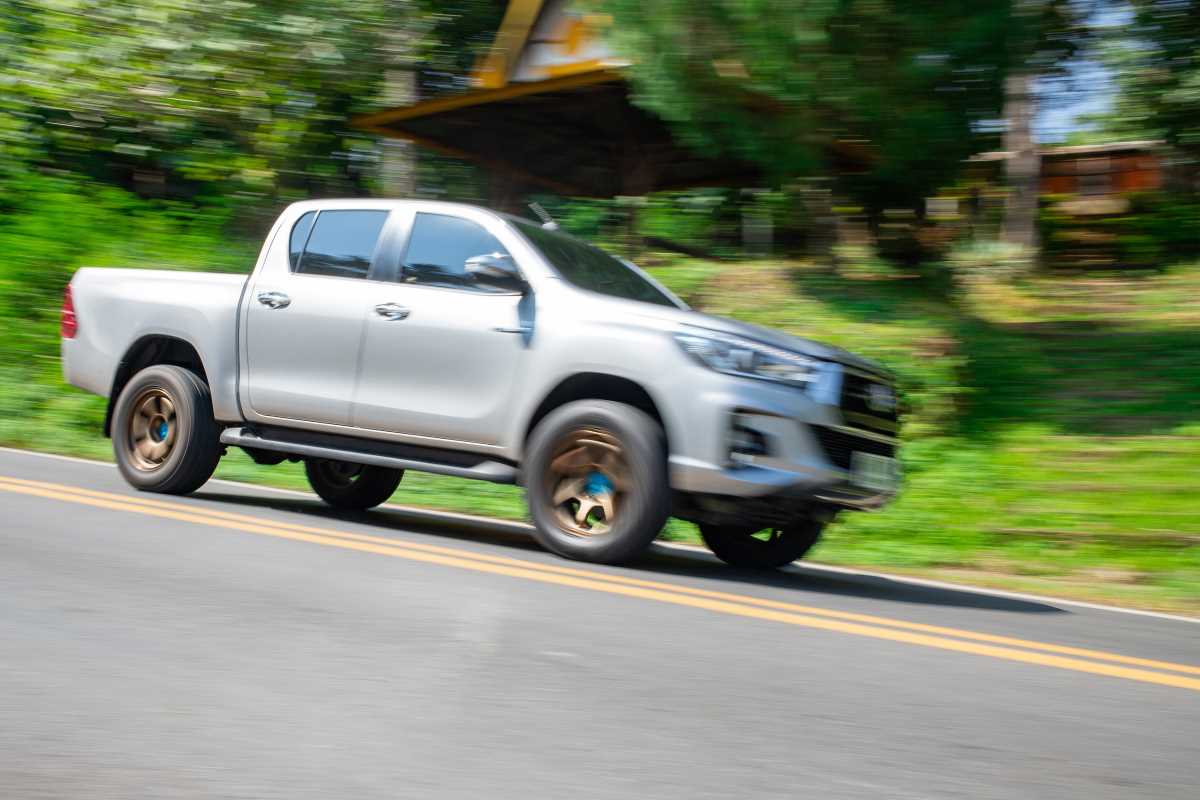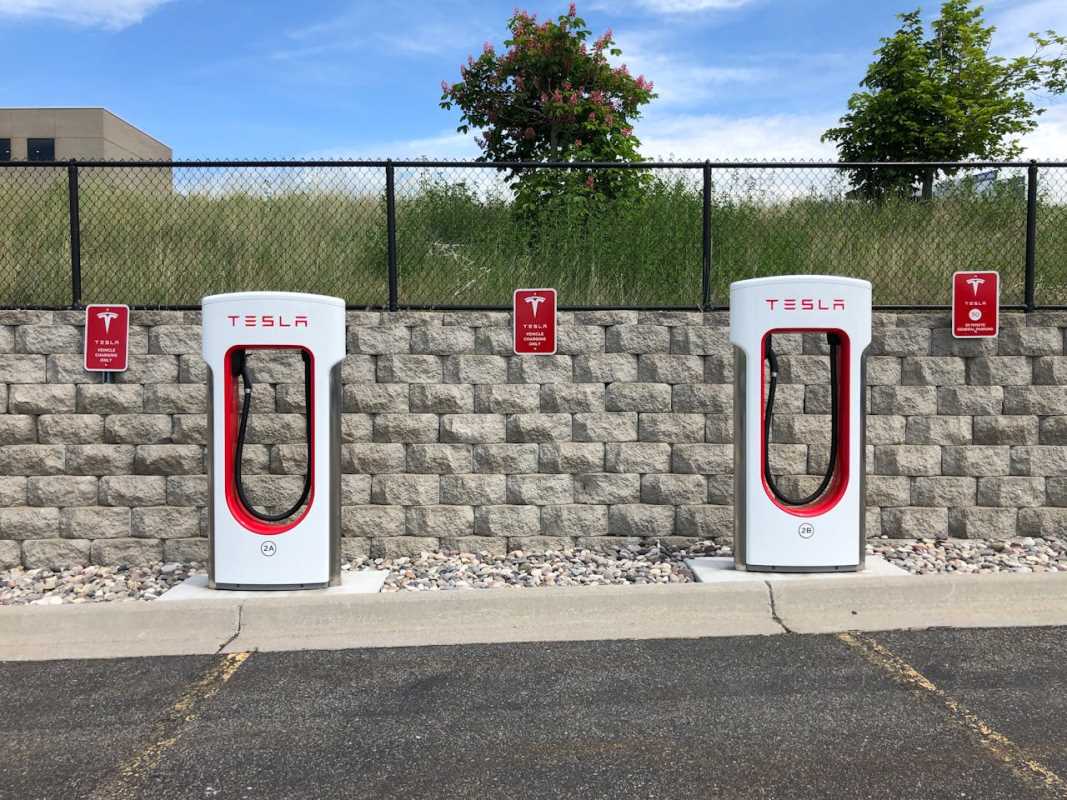Navigating the world of auto insurance can feel overwhelming. Policies often contain complex terms and various coverage options, leaving many drivers uncertain about what they are truly paying for. Most people are familiar with liability, collision, and comprehensive coverage, as these form the foundation of a standard policy. However, there is one crucial coverage that often goes misunderstood: uninsured and underinsured motorist (UM/UIM) coverage. This protection is designed to be your financial safety net in case you are in an accident caused by a driver who has little or no insurance. We're here to break down what this coverage is, how it works, and why it’s a smart choice for every driver.
What is Uninsured and Underinsured Motorist Coverage?
Uninsured and underinsured motorist coverage is a key part of your auto insurance policy that protects you financially. It steps in to cover your expenses if you're involved in an accident caused by a driver who either has no insurance at all (uninsured) or doesn't have enough insurance to cover your damages (underinsured).
Let's look at the two components separately to get a clearer picture.
Uninsured Motorist (UM) Coverage
Uninsured motorist coverage is there for you when the at-fault driver has no liability insurance. Despite laws in nearly every state requiring drivers to carry a minimum amount of auto insurance, a surprising number of people still drive without it. Should one of these uninsured drivers hit you, UM coverage helps pay for your resulting expenses.
There are two primary types of UM coverage:
- Uninsured Motorist Bodily Injury (UMBI): This helps cover medical bills, lost wages, and pain and suffering for you and your passengers.
- Uninsured Motorist Property Damage (UMPD): This helps pay for repairs to your vehicle if it's damaged by an uninsured driver. In some states, UMPD also covers damage to other personal property inside your car.
Underinsured Motorist (UIM) Coverage
Underinsured motorist coverage applies when the at-fault driver has auto insurance, but their policy limits are not high enough to cover all of your medical bills or vehicle repairs. Many drivers only purchase the minimum liability coverage required by their state. These minimums can be quite low and may be quickly exhausted in a serious accident. UIM coverage bridges the gap between the other driver's policy limit and the total cost of your damages, up to your own policy's limit.
Similar to UM coverage, UIM is usually split into two categories:
- Underinsured Motorist Bodily Injury (UIMBI): This helps cover your medical expenses that exceed the at-fault driver’s bodily injury liability limits.
- Underinsured Motorist Property Damage (UIMPD): This helps pay for your vehicle repairs when the costs are more than the at-fault driver's property damage liability limit.
Why This Coverage Is So Important
You might be thinking, "If the other driver is at fault, shouldn't their insurance pay for everything?" In a perfect world, yes. But we don't live in a perfect world. Relying on other drivers to be responsible and properly insured is a significant risk. UM/UIM coverage is your personal shield against the actions of irresponsible or underprepared drivers.
Consider this scenario: you are stopped at a red light when another car rear-ends you. The accident causes significant damage to your car and leaves you with a back injury requiring physical therapy. The police determine the other driver was 100% at fault.
- Scenario 1: The At-Fault Driver is Uninsured. Without UM coverage, you would be left to pay for your medical bills and car repairs out of your own pocket. You could try to sue the at-fault driver personally, but this is a lengthy, expensive process with no guarantee of success, especially if the person has no assets to collect. With UM coverage, you can file a claim with your own insurance company to get the financial support you need.
- Scenario 2: The At-Fault Driver is Underinsured. Let's say your medical bills total $40,000, but the at-fault driver's bodily injury liability limit is only $25,000. Their insurance would pay up to their limit, leaving you with a $15,000 gap. If you have UIM coverage, you can file a claim with your insurer to help cover that remaining $15,000, preventing a major financial burden.
Without this protection, your primary options are paying out-of-pocket or relying on your health insurance, which may have high deductibles and copays and won't cover lost wages or vehicle repairs.
How Does UM/UIM Coverage Work With Other Coverages?
It’s helpful to understand how UM/UIM coverage fits in with other parts of a typical auto policy. Think of your policy as a toolkit, with each coverage type being a different tool for a specific job.
UM/UIM vs. Liability Coverage
Liability coverage is mandatory in most states. It pays for the other party's injuries and property damage when you are at fault in an accident. UM/UIM coverage is the opposite. It protects you and your passengers when the other driver is at fault and can't cover the costs.
UM/UIM vs. Collision and Comprehensive Coverage
Collision coverage pays for damage to your car from a collision with another vehicle or object, regardless of who is at fault. Comprehensive coverage pays for non-collision damage, like from theft, vandalism, or a natural disaster.
You might wonder if you need UMPD if you already have collision coverage. That's a great question. Collision coverage will pay for your repairs after you pay your deductible, even if an uninsured driver hits you. However, filing a UMPD claim is often more beneficial because the deductible is typically much lower than a collision deductible, and in some states, it may be waived entirely.
UM/UIM vs. Personal Injury Protection (PIP)
Personal Injury Protection (PIP) is available in "no-fault" states and covers your medical expenses and lost wages regardless of who caused the accident. UM/UIM bodily injury coverage works alongside PIP. PIP is typically your first line of defense, but it has limits. UM/UIM can step in to cover costs that exceed your PIP limits, as well as non-economic damages like pain and suffering, which PIP does not cover.
Do I Really Need UM/UIM Coverage?
Some states require drivers to carry UM/UIM coverage, while others make it optional. Regardless of your state's laws, adding this protection to your policy is a wise decision for المالية peace of mind. The cost to add UM/UIM coverage is generally a small fraction of your total premium, but the protection it offers is immense.
To decide if it's right for you, consider the number of uninsured drivers on the road. National statistics show that approximately one in eight drivers is uninsured. That means every time you're on the road, there's a real possibility that the person in the car next to you has no insurance. Adding this small, affordable layer of protection ensures you aren't left with a mountain of debt because of someone else's mistake.
 (Image via
(Image via





